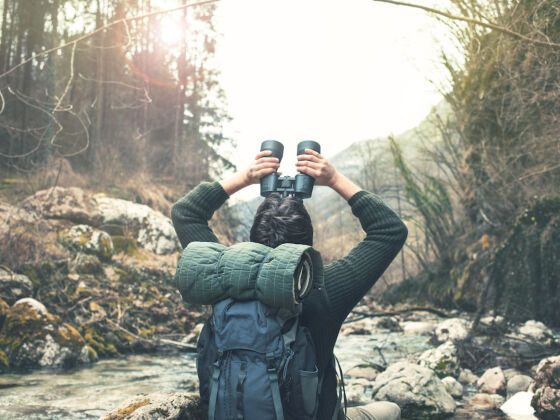BIRD as a verb entered the vernacular sometime around the ‘70s. It is looking for and looking at the things flying around out there with feathers and wings. It’s active. It’s participatory. It’s finding and observing. It involves aesthetic appreciation, exercise, social interaction, study, and travel.
Most birders are initially attracted to birds by their beauty. If you’re a visual person, the first time you saw a male Northern Cardinal, our ‘redbird,’ it probably took your breath away. But bird plumage comes in an array of colors—sunset orange on orioles, emerald green on hummingbirds, electric blue on jays. There’s snow white on ptarmigan. There’s coal black on ravens, which will steal your picnic lunch. There’s a palette of pastel colors–pink, green, yellow and blue—on the flocks of Rosy-faced Lovebirds, an escaped species establishing a foothold in many Phoenix neighborhoods.
